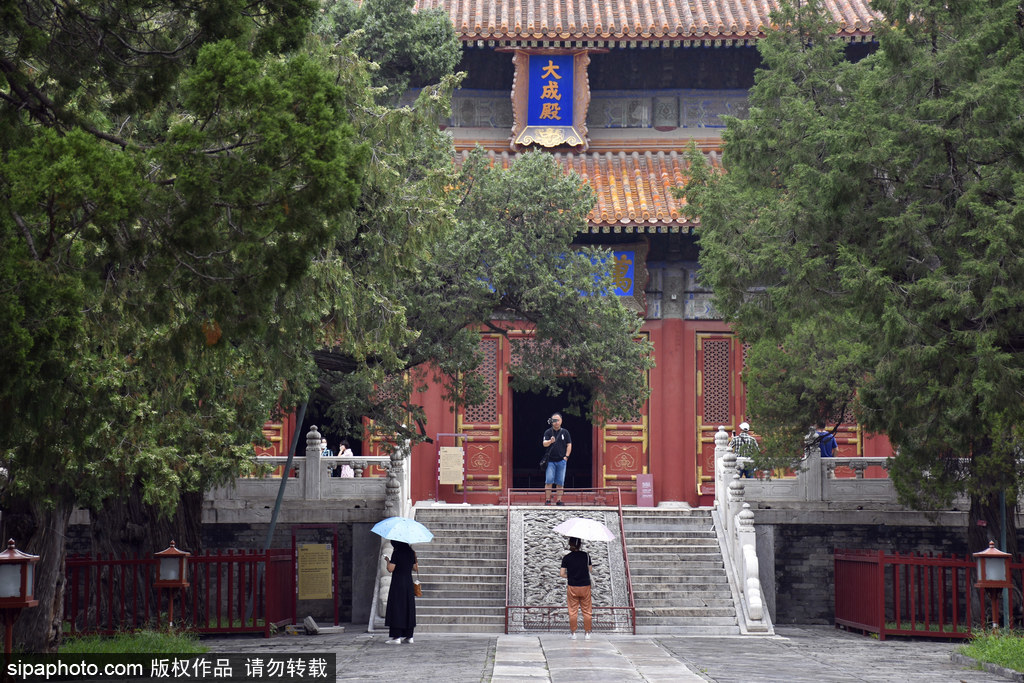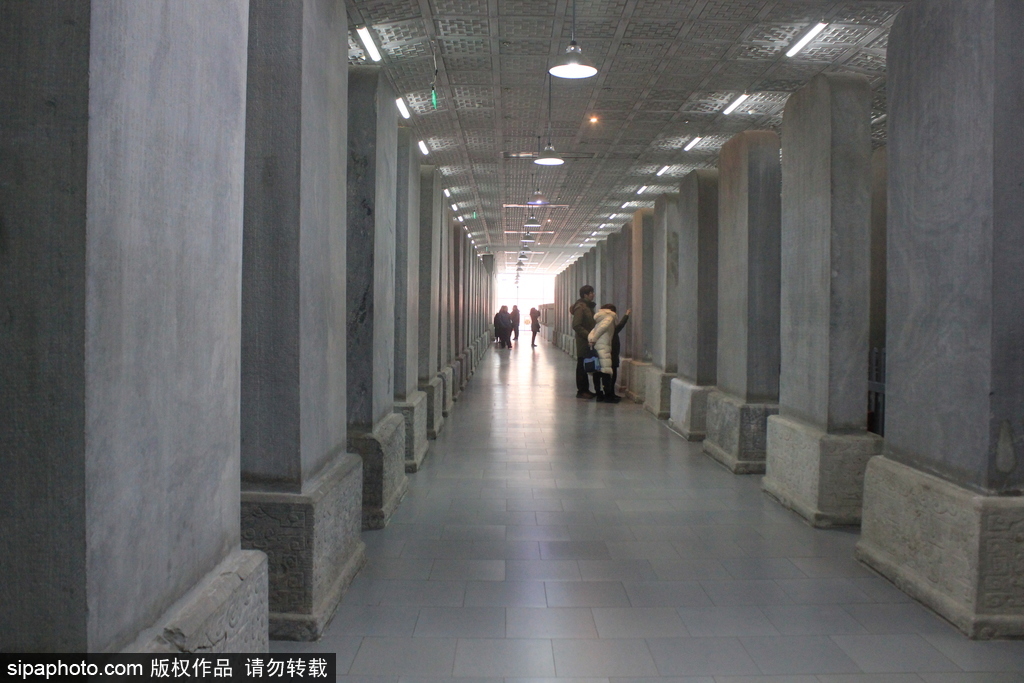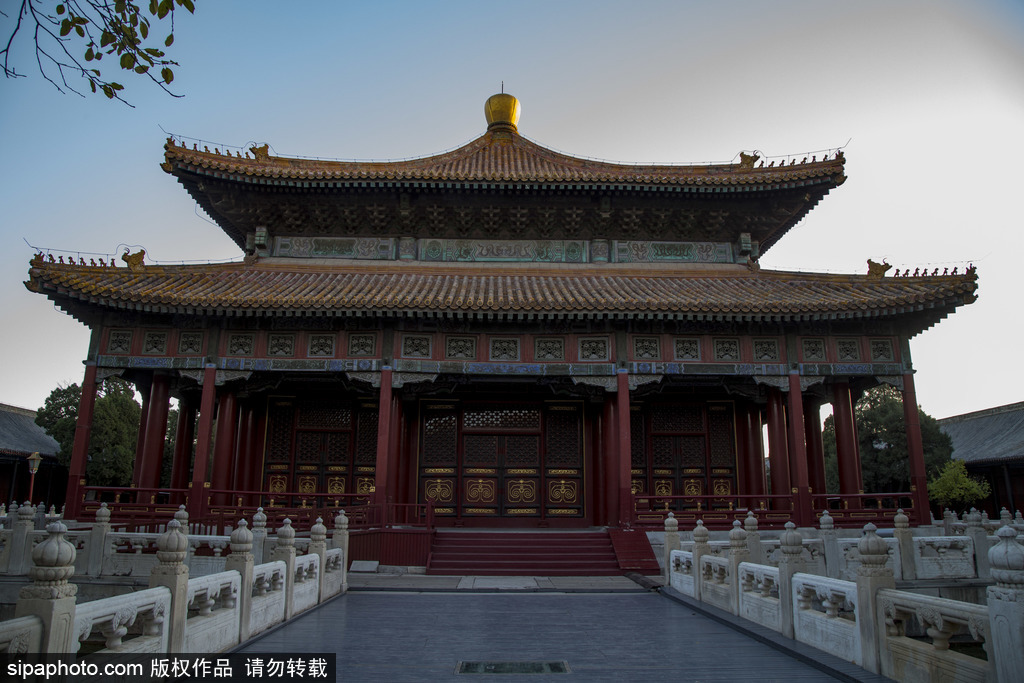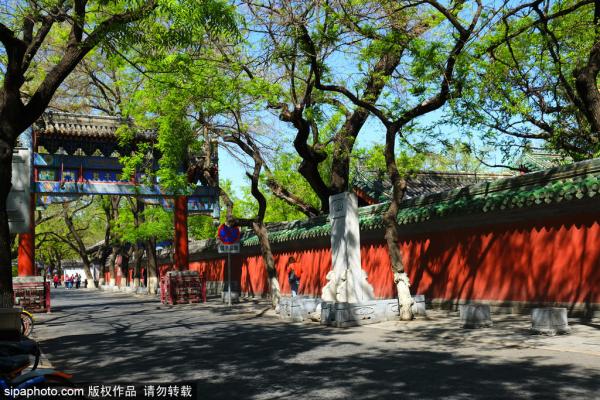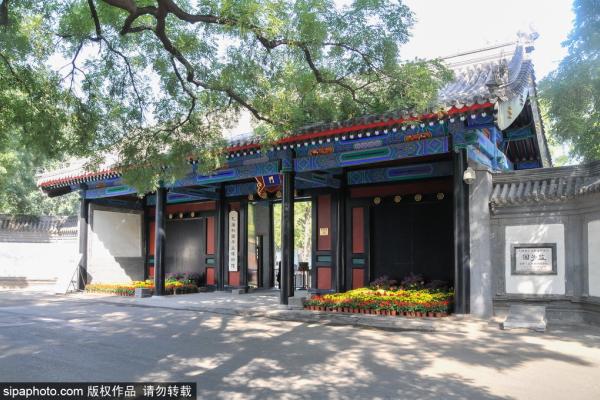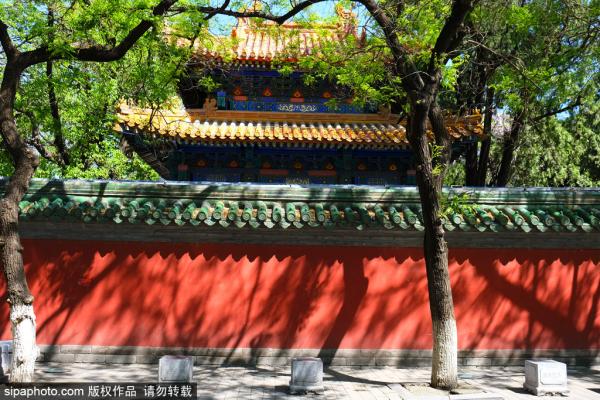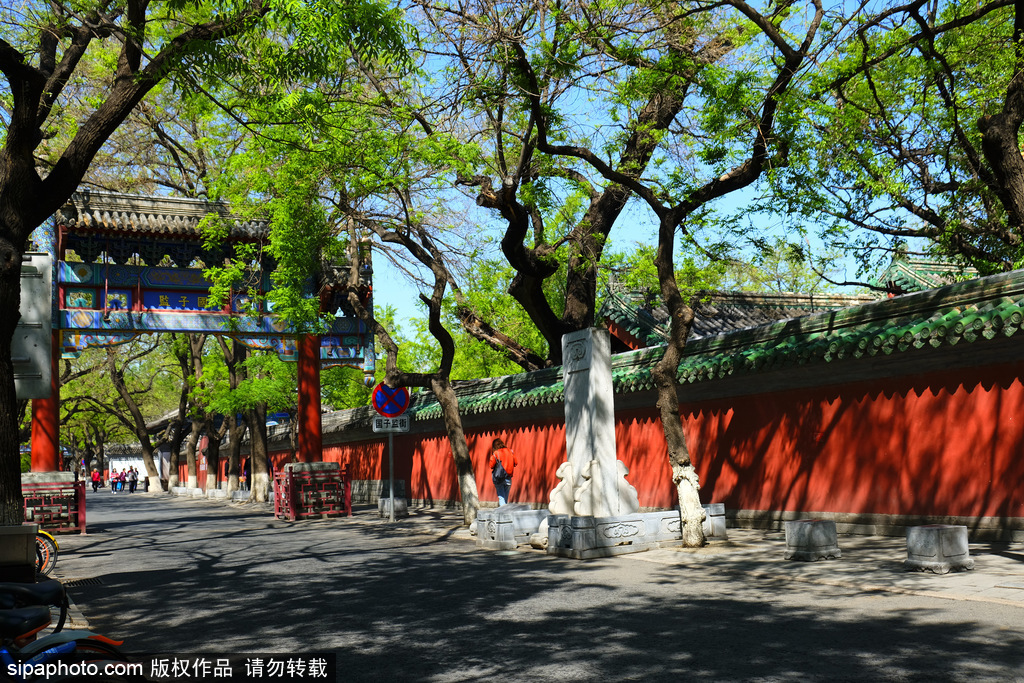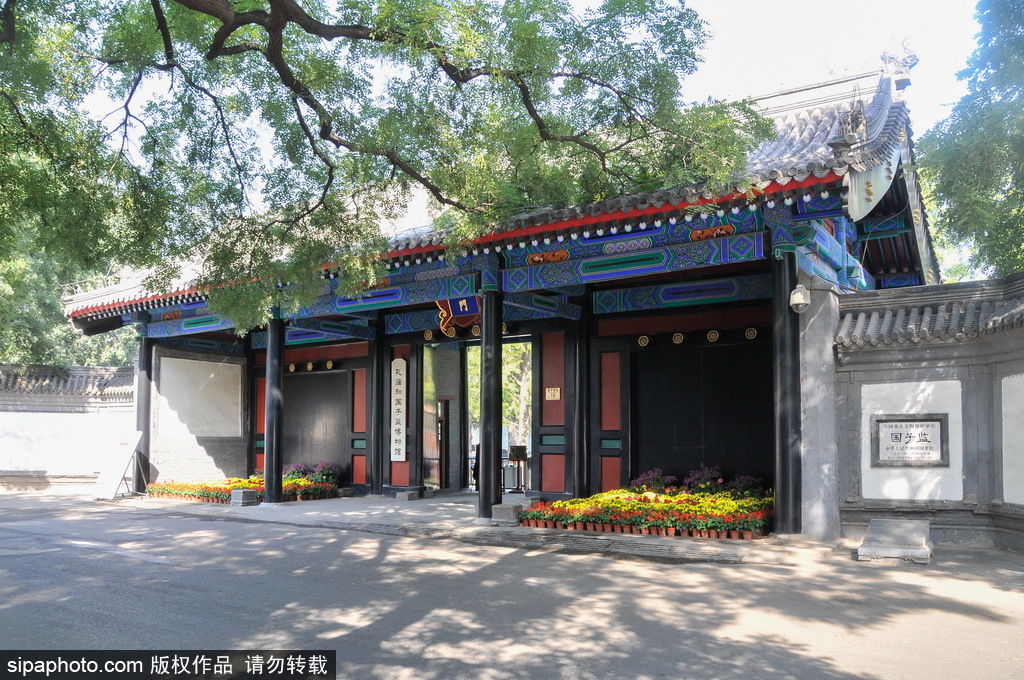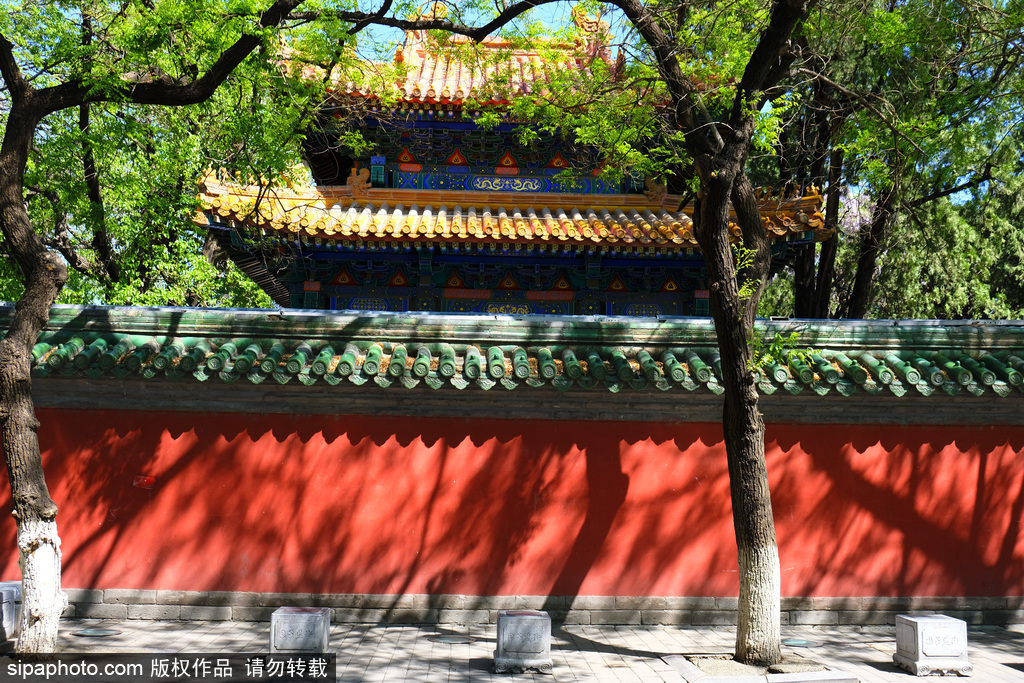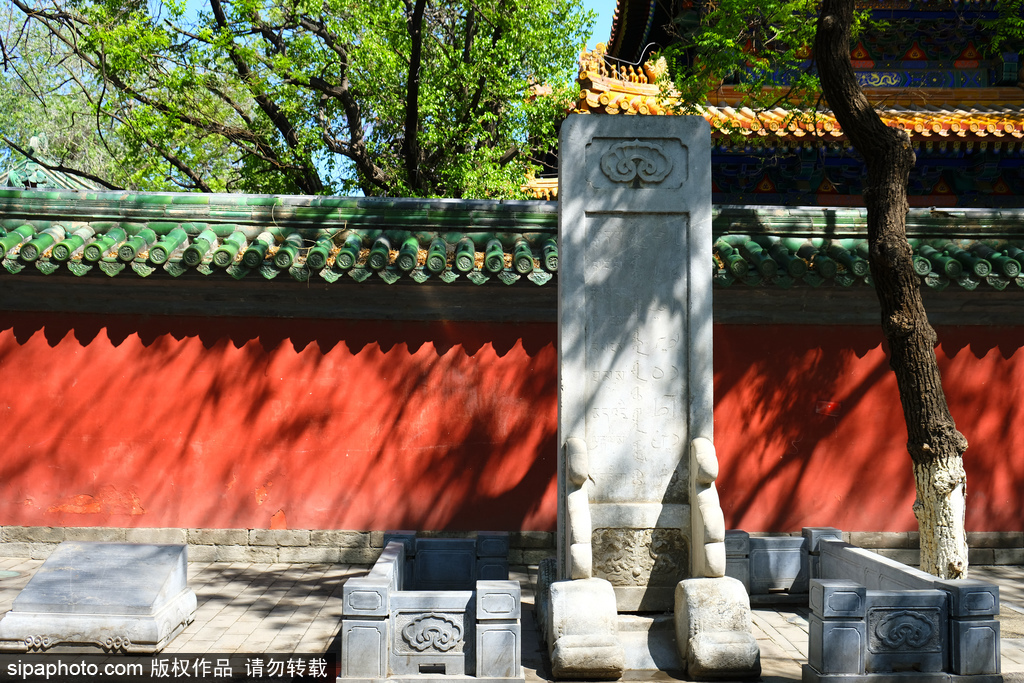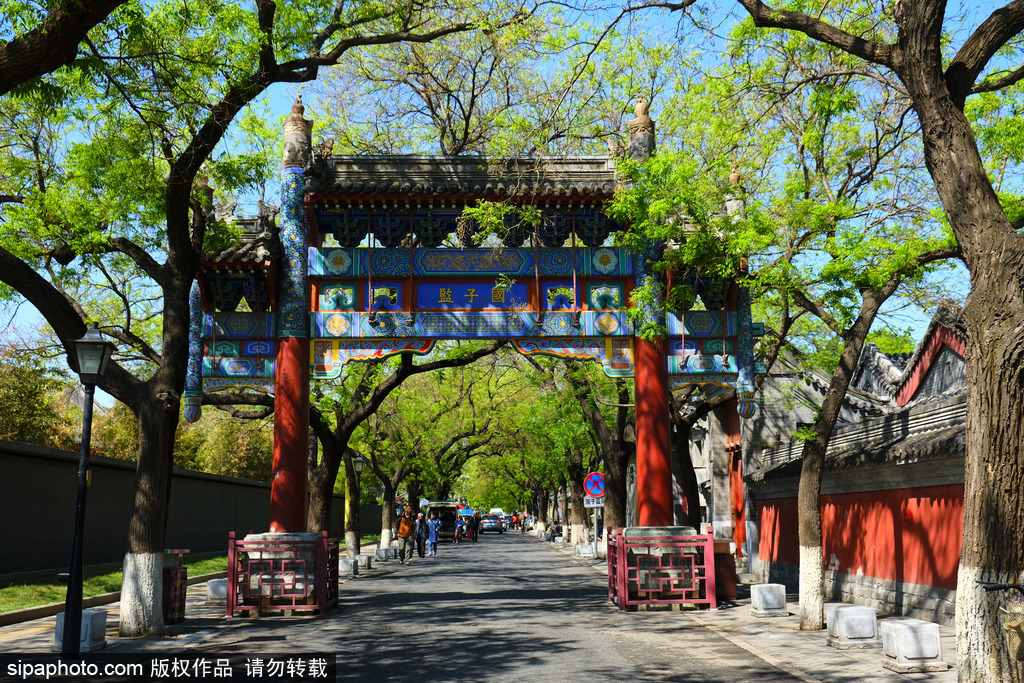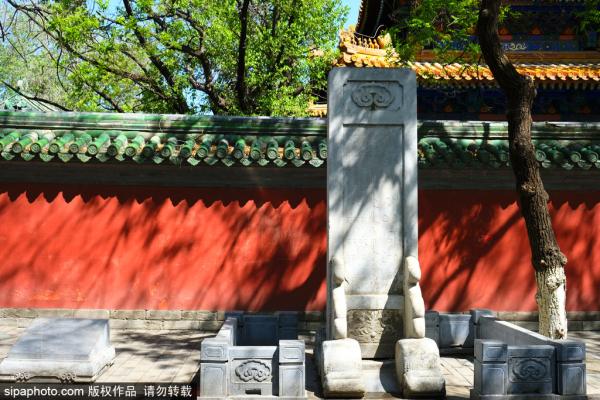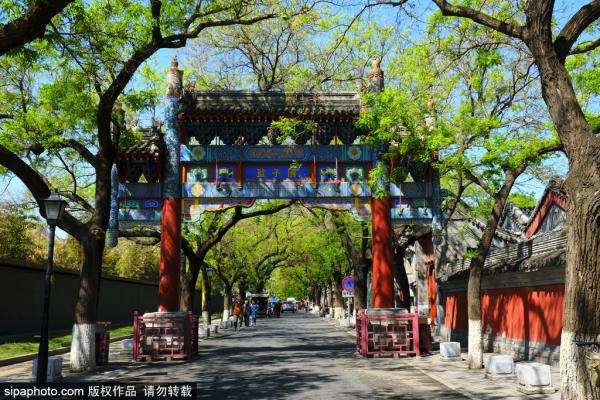Temple of Confucius and Guozijian Museum (孔庙和国子监博物馆)
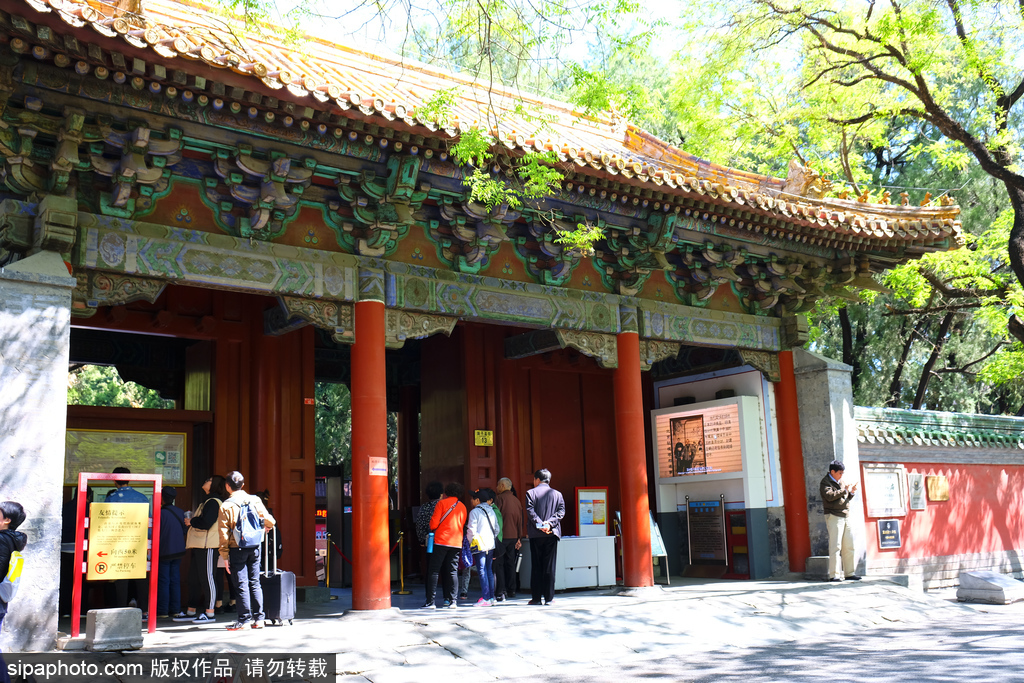
-
Tel:
010-64075259 -
Best Time to Visit:
April-October -
Duration:
3 hours -
Admission:
30 RMB 30 RMB -
Opening Hours:
08:30-18:00 (peak season May-October, ticket sales stop at 17:00)
08:30-17:00 (off-season November-April, ticket sales stop at 16:30)
Description
Temple of Confucius and Guozijian Museum (孔庙和国子监博物馆)
Beijing Confucius Temple covers an area of 22,000 square meters with three courtyards. The buildings on the central axis are the Xianshi Gate, Dacheng Gate, Dacheng Hall, and Chongsheng Temple.On both sides, there are 198 inscriptions of Jinshi(advanced scholars) from Yuan, Ming and Qing dynasties. The names, places of origin and ranks of 51,624 Jinshi are engraved, which are precious physical materials for studying the imperial examination system in China. Outside the Dacheng Gate are the Qianl...
Read MoreTemple of Confucius and Guozijian Museum (孔庙和国子监博物馆)
Beijing Confucius Temple covers an area of 22,000 square meters with three courtyards. The buildings on the central axis are the Xianshi Gate, Dacheng Gate, Dacheng Hall, and Chongsheng Temple.On both sides, there are 198 inscriptions of Jinshi(advanced scholars) from Yuan, Ming and Qing dynasties. The names, places of origin and ranks of 51,624 Jinshi are engraved, which are precious physical materials for studying the imperial examination system in China. Outside the Dacheng Gate are the Qianlong Stone Drum and two stone monuments of the Qing Dynasty related to it. The main buildings in the middle courtyard are the East and West Halls dedicated to Confucius and the 13 imperial monument pavilions. The Chongsheng Temple in the back courtyard is a separate courtyard. These buildings form a complete complex of the Confucius Temple in Beijing.
The Guozijian (Imperial College) was the highest school and educational administration institution established by the state during the Yuan, Ming and Qing dynasties, also known as "National Academy". It was built in the 24th year of the Zhiyuan period (1287 AD) in the Yuan Dynasty, and was extensively repaired and expanded during the Yongle period of the Ming Dynasty and the Zhengtong period of the Qing Dynasty. In the 48th year of the Qianlong period of the Qing Dynasty, a group of royal buildings was added to form the present system. The overall building faces south and is a three-storey compound covering an area of more than 27,000 square meters. The Imperial College not only accommodated students of all nationalities, but also foreign students. It had played a positive role in cultivating talents of various nationalities in China and promoting cultural exchanges between China and foreign countries. Its main building is still well preserved after more than 700 years, and is the only well-preserved site of the highest school in ancient times. It is famous for its long history, unique architectural style and profound cultural connotations.
Latest News
Explore

Prince Kung's Mansion
Located at the northwest corner of Shichahai, Prince Kung's Mansion is a typical royal garden. The residence has a central axis and also adopts a symmetrical approach. Built at the end of the 18th century, it is the best preserved royal residence of the Qing Dynasty in Beijing, and is called the "Pearl of Shichahai". In the late Qianlong period, it was the residence of Heshen, the grand secretary.
Ditan Park
Ditan Park (The Temple of Earth), also known as the Altar of Fangze, is the second largest of the five altars in the ancient capital of Beijing, which was built in the 9th year of Jiajing period of the Ming Dynasty (1530 AD). It is located on the east side outside the Anding Gate, which corresponds to the Temple of Heaven, and looks across the river from the Lama Temple, the Confucius Temple and Imperial College museum.
Jinding Xuan (Ditan Branch)
In 1993, the first 24-hour Jindingxuan was opened in Gui Street, Dongzhimen, mainly dealing with North-South dishes and North-South special dim sum. So far, It has a variety of business formats such as Jindingxuan North and South Hometown Cuisine, Jindingxuan North and South Dim Sum Specialized Store, Ziyuxuan North and South Food Street and Jindingxuan Chili Fried Pork. There are about 30 branches in total, located in many famous business districts and central business districts in the capital.
Do You Know
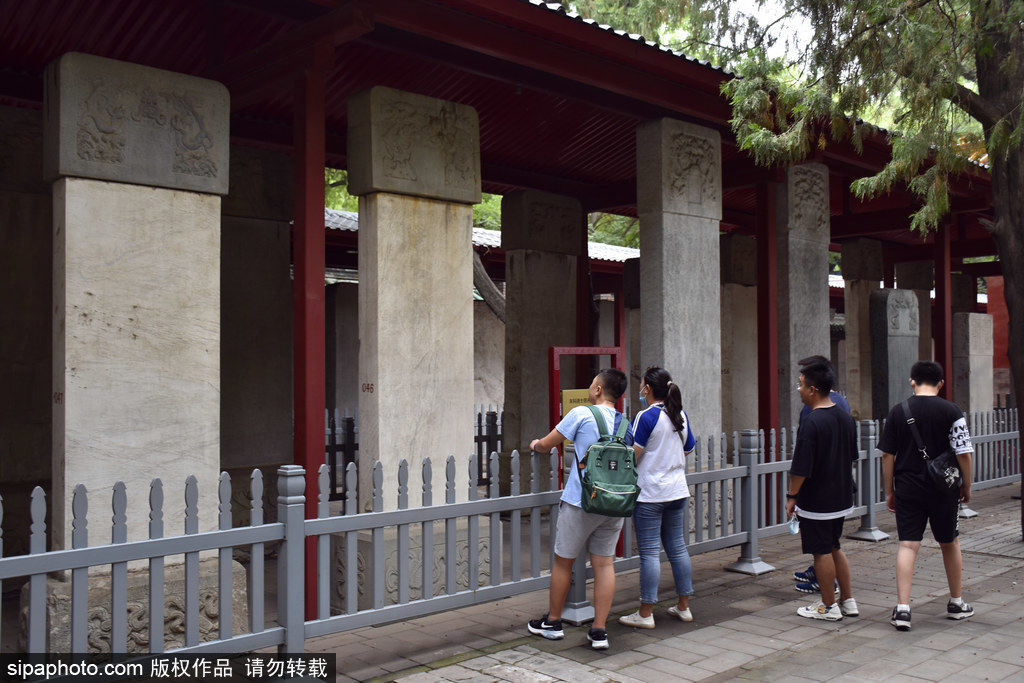
Monuments of the inscriptions of Jinshi(advanced scholars) in Confucius Temple
The 198 inscriptions of Jinshi in the Confucius Temple courtyard record the names, places of origin and ranks of 51,624 Jinshi in the Yuan, Ming and Qing dynasties. The practice of inscribing the names of Jinshi began in the Tang Dynasty. The monuments of Confucius Temple were established after the opening of the imperial examination in the second year of the Huangqing period (1313) of the Yuan Dynasty.
